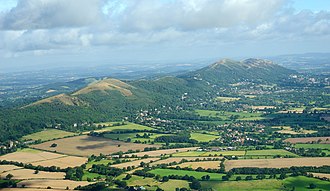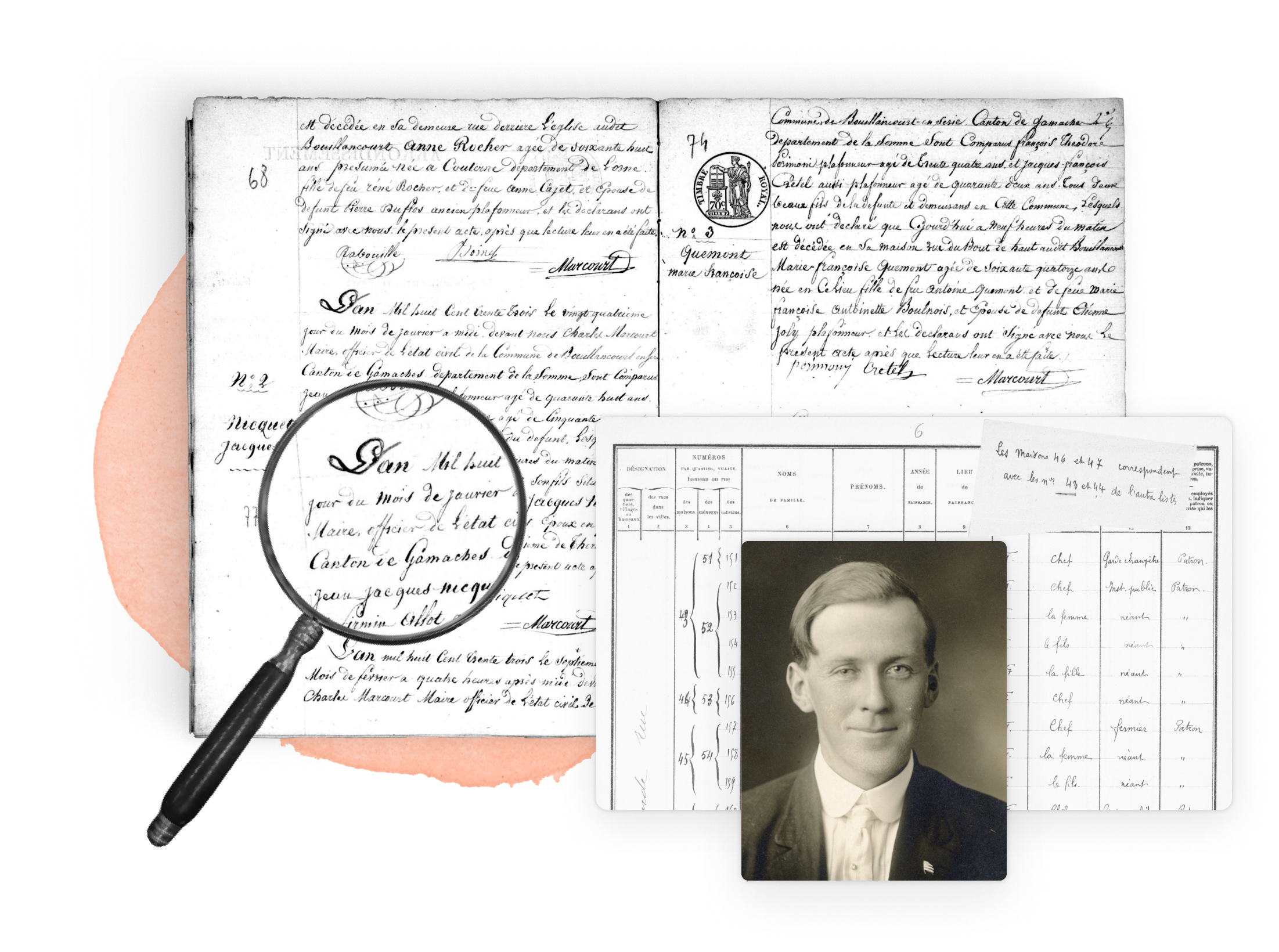
West Midlands, a metropolitan county in central England, comprises seven metropolitan boroughs: Birmingham (England's second-largest city), Coventry, Dudley, Sandwell, Solihull, Walsall, and Wolverhampton. These boroughs encompass portions of three historic counties: Staffordshire (northwest, including Wolverhampton, Walsall, and parts of Dudley, Sandwell, and Birmingham), Worcestershire (southwest, encompassing parts of Dudley, Sandwell, and Birmingham), and Warwickshire (center and east, including part of Birmingham and all of Solihull and Coventry).[1] From 1974 to 1986, West Midlands functioned as an administrative metropolitan county. However, in 1986, administrative powers were devolved to its constituent boroughs, transforming them into unitary authorities. Consequently, West Midlands currently exists as a geographic and ceremonial county with no administrative functions.[2] [1] The West Midlands is also a region. The county shares a common history with the West Midlands Region. The West Midlands Region, established in 1994, comprises the historical counties of Staffordshire Warwickshire, Shropshire, Herefordshire, and Worcestershire.[2] There are nine English regions and they are the highest tier of sub-national djurisiictionaliivisiossn in England.[1][3]
The population of West Midlands County is 2,953,816 according to mid-2022 population figures published by the ONS. West Midlands County's population growth rate between mid-2021 and mid-2022 was 1.2% per year. West Midlands County covers an area of 902 square kilometers (348 square miles) and has a population density of 3,276 people per square kilometre (km2), based on the latest population estimates taken in mid-2022.[4]
According to the latest 2021 census, the population in West Midlands County is predominantly white (61%), with non-white minorities representing the remaining 39% of the population.[4]
Research your ancestors on MyHeritage
West Midlands landscape, industry, agriculture, and attractions
The West Midlands region occupies a predominantly lowland area composed of sandstones, clays, and underlying coal measures. This area is characterized by the Birmingham plateau, from which the Rivers Stour, Avon (Upper Avon), and the River Tame drain primarily in a southward direction. The region's climate exhibits a transitional nature, situated between the milder, wetter conditions of the west and the drier, colder conditions of the east. Its inland location results in a relatively broad range of climatic variation.
The West Midlands is a major industrial hub in the UK, primarily known for its advanced manufacturing sector, particularly focused on automotive, aerospace, and rail industries, with a strong emphasis on innovation in electric vehicles, battery technology, and future mobility solutions, making it a leading center for transport innovation globally.[5]
Although there is a considerable amount of agricultural activity in the West Midlands Region, the area of the West Midlands County was primarily made up of metropolitan boroughs.
Because West Midlands currently exists as a geographic and ceremonial county with no administrative functions, it has no major attractions other than those in the constituted seven local authority areas: Birmingham (England's second-largest city), Coventry, Dudley, Sandwell, Solihull, Walsall, and Wolverhampton.
West Midlands County history
The West Midlands County history is shared with the counties in the counties in the West Midlands Region.
[3]Evidence of human activity in the county and region dates back to the Paleolithic era. Neolithic farmers arrived later, leaving behind traces of their settlements and agriculture. The Iron Age saw the rise of Celtic tribes, with hillforts such as Dudley Castle marking their presence.[6]
Roman occupation brought significant changes, with roads like Watling Street connecting the county area included in the region to the Roman Empire. Towns like Letocetum (Wall) and Viroconium Cornoviorum (Wroxeter) flourished.
The Roman withdrawal ushered in the Anglo-Saxon period. The county area included in the region was settled by Germanic tribes, leading to the formation of kingdoms and the establishment of early English settlements. The medieval period witnessed the rise of important towns like Coventry, known for its cloth industry, and the growth of religious institutions.[7] Following the Norman Conquest in 1066 A.D., the West Midlands region of England experienced a significant shift in power, with the existing Anglo-Saxon nobility largely replaced by Norman barons who established control through the construction of castles and the imposition of a new feudal system, effectively changing the social and political landscape of the area.[7] Notable examples include the building of Dudley Castle in the West Midlands as a key Norman stronghold.[8]
The 16th century saw the impact of the Reformation, with religious changes impacting local communities. From as early as sixteenth century onwards our second city was the centre of the UK’s metal working industries with a big population of iron workers.[9]
The 17th century was a period of significant upheaval, with the English Civil Wars leaving its mark on the county area included in the region. The West Midlands region of England had many ironworks, including those in Bersham, Horseley, and Wilden. These ironworks used iron ore, charcoal, limestone, and waterpower to produce iron.[10]
The 18th century witnessed the dawn of the Industrial Revolution, transforming the West Midlands into a center of manufacturing. The discovery of coal and iron ore fueled the growth of industries such as metalworking and pottery, particularly in the Black Country. Cities like Birmingham and Wolverhampton experienced rapid expansion, becoming hubs of innovation and production.
The 19th century saw continued industrial growth, with the county area included in the region becoming a major force in British manufacturing. The development of canals and railways facilitated trade and connected the county area included in the region to national and international markets.[11] However, this period also witnessed social and economic challenges, including poverty and urban overcrowding. The Black Country, in the West Midlands, is roughly made up of towns within the four Metropolitan Boroughs of Dudley, Sandwell, Walsall and Wolverhampton, The name has been in use since the mid-19th century and is thought to refer to the color of the coal seam or the air pollution from the many thousands of foundries and factories around at the time.[12]
The 20th century brought further industrial development, with the rise of the automobile industry in cities like Coventry. The two World Wars had a profound impact, with significant wartime production and subsequent reconstruction efforts. The latter half of the century saw the decline of traditional industries, leading to economic diversification and challenges of urban regeneration.
West Midlands parishes and unparished areas
The West Midlands Combined Authority (WMCA), made up of 18 local councils, was set up in 2016 and covers the geographic area of West Midlands County. According to information available, the West Midlands county in England has 21 civil parishes. Most of the county is unparished, with areas like Dudley, Sandwell, Walsall, and Wolverhampton having no parishes at all.
West Midlands geography
The West Midlands metropolitan county area is at the center of the West Midlands region. It is one of the smallest counties in area in the United Kingdom, covering an area of 900 km2, but is the center of the largest concentration of population in the country outside of London. The vast majority of the county's population (2.6 million in 2002) live in the West Midlands conurbation based on Birmingham. The other center of population is Coventry, a city of around 300,000 people in the far east of the county. Further geography of the area is contained in the West Midlands Region[2].[13]
Researching family history in West Midlands County
The Midland Ancestors is the principal family history society for the counties of: Staffordshire, Warwickshire & Worcestershire which surround the city of Birmingham. This includes the areas of the old counties as they existed before the major boundary changes of the 19th and 20th centuries, as well as the areas brought into them by those changes including West Midlands County.[14] Research in West Midlands, founded in 1974, must include research in each of the metropolitan areas and the West Midlands Region.[1]
Ethnicities in West Midlands County
The demographic distribution of the West Midlands County population is as follows:[4]
According to the latest 2021 census, the population in West Midlands County is predominantly white (61.4%), with non-white minorities representing the remaining 38.6% of the population. Asian people were the largest minority group in West Midlands County accounting for 22.9% of the population. 236,047 or 8% of the West Midlands County population are black according to the latest 2021 census. In England more broadly the portion of the population that is white is 81%. 10% are Asian and 4% are Black.
Population by race in West Midlands County, 2021 census
- White - 1,793,173 people or 61.4%
- Asian - 667,315 people or 22.9%
- Black - 236,047 people or 8.1%
- Mixed - 121,685 people or 4.2%
- Other - 101,435 people or 3.5%
Surnames in West Midlands County
Explore more about English Counties
MyHeritage has 425 collections that contain millions of English records that cover a variety of genealogical historical events that can help you find your ancestors. The MyHeritage Knowledge Base contains helpful information about genealogical research. The Legacy Family Tree Webinars website contains more than two thousand valuable genealogical webinars including over 50 webinars about English research.
See also
- Administrative structure of England
- English genealogy
- English immigration
- English emigration
- English archives
- England historical records
- Vital records in England
- Birth records in England
- Death records in England
- Marriage records in England
- Census records in England
- Civil registrations in England
- Church records in England
- Newspaper records in England
- English military records
References
- ↑ 1.0 1.1 1.2 1.3 county-of-west-midlands | West Midlands Lieutenancy
- ↑ 2.0 2.1 2.2 West Midlands | England, Map, History, & Facts | Britannica
- ↑ 3.0 3.1 England - Office for National Statistics
- ↑ 4.0 4.1 4.2 West Midlands County Demographics | Age, Ethnicity, Religion, Wellbeing
- ↑ West Midlands Industrial Strategy
- ↑ West Midlands Research Framework
- ↑ 7.0 7.1 The Anglo-Saxon Origins of the West Midlands Shires
- ↑ Dudley Castle | Castellogy
- ↑ Birmingham's Manufacturing History | Factories in Birmingham
- ↑ The Black Country Steel Heritage
- ↑ British and Irish Waterways //West Midlands Canals and Rivers
- ↑ 8 Things to Know About the Black Country
- ↑ Portrait of the West Midlands
- ↑ Midland Ancestors
- ↑ Most Common Surnames in West Midlands, With Meanings


